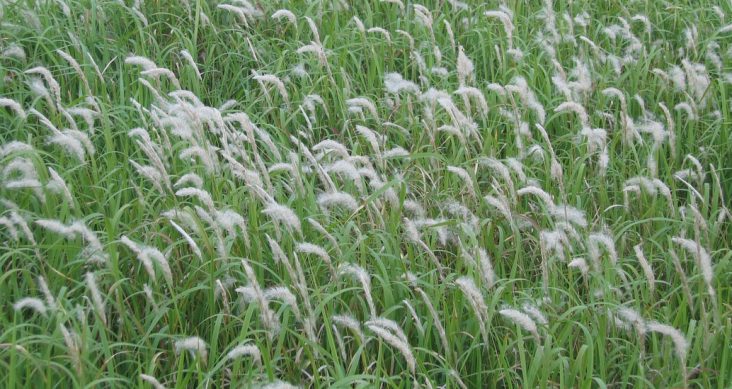Dangerous Cogongrass discovered in Arkansas
by July 8, 2021 11:18 am 45,523 views

The Arkansas Department of Agriculture is notifying the public that a new invasive grass species, Cogongrass, has been confirmed in Arkansas for the first time.
For several years, botanists and land managers have been on the lookout for Cogongrass in southern Arkansas. This aggressive species, native to Southeast Asia, has spread rapidly across the Deep South over the past few decades. Cogongrass is considered one of the worst invasive species in the world, causing both economic and ecological damages that impact forestry, agriculture, rangeland, and natural ecosystems.
Charles Bryson, retired U.S. Department of Agriculture Botanist, detected a patch of Cogongrass in Helena-West Helena alongside Highway 49. The Arkansas Natural Heritage Commission, the Arkansas Department of Agriculture’s Plant Industries Division and Forestry Division, and the Arkansas Department of Transportation were informed of the finding and met onsite June 16 to spray the invasive plant population with herbicide. Botanists with the Arkansas Department of Transportation conducted surveys along Highway 49 and other roads in the area and detected no additional Cogongrass populations.
The agencies are planning to conduct annual surveys along this and other routes coming into southeastern Arkansas from Mississippi. They will also monitor the site and conduct additional herbicide applications as needed over the next few years.
Cogongrass has bright green leaves with serrated margins and a distinctive white vein that is slightly off-center from the middle of the leaf. It has no true, above-ground stem and the leaves emerge directly from stout, creeping rhizomes (underground stems). Cogongrass spreads rapidly from these rhizomes to form distinctive and very dense circular patches which expand in size every year and can displace all other species on the ground. It is also one of the few warm season grasses that bloom immediately after coming out of winter dormancy.
A fact sheet with more information and photos is available here.
Any sightings of Cogongrass in Arkansas should be reported to Paul Shell, the Department’s Plant Inspection and Quarantine Program Manager, at [email protected] or 501-225-1598.
